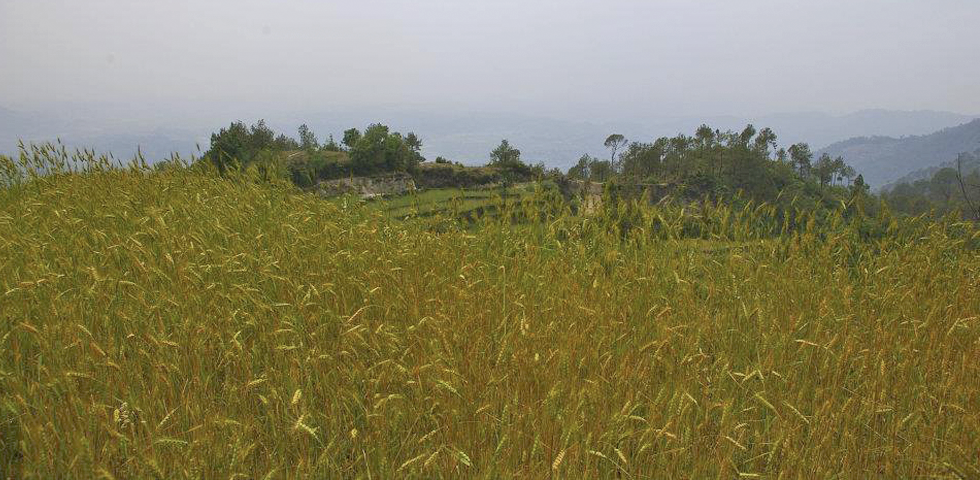Irrigation management strategies for winter wheat using AquaCrop model
Main Article Content
Abstract
Many regions of the world face the challenge to ensure high yield with limited water supply. This calls for utilization of available water in an efficient and sustainable manner. Quantitative models can assist in management decision and planning purposes. The FAO’s newly developed crop-water model, AquaCrop, which simulates yield in response to water, has been calibrated for winter wheat and subsequently used to simulate yield under different sowing dates, irrigation frequencies, and irrigation sequences using 10 years daily weather data. The simulation results suggest that “2 irrigation frequency” is the most water-efficient schedule for wheat under the prevailing climatic and soil conditions. The results also indicate decreasing yield trend under late sowing. The normal/recommended sequence of irrigation performed better than the seven-days shifting from the normal. The results will help to formulate irrigation management plan based on the resource availability (water, and land availability from previous crop).
Article Details
Issue
Section

This work is licensed under a Creative Commons Attribution-NonCommercial-NoDerivatives 4.0 International License.

